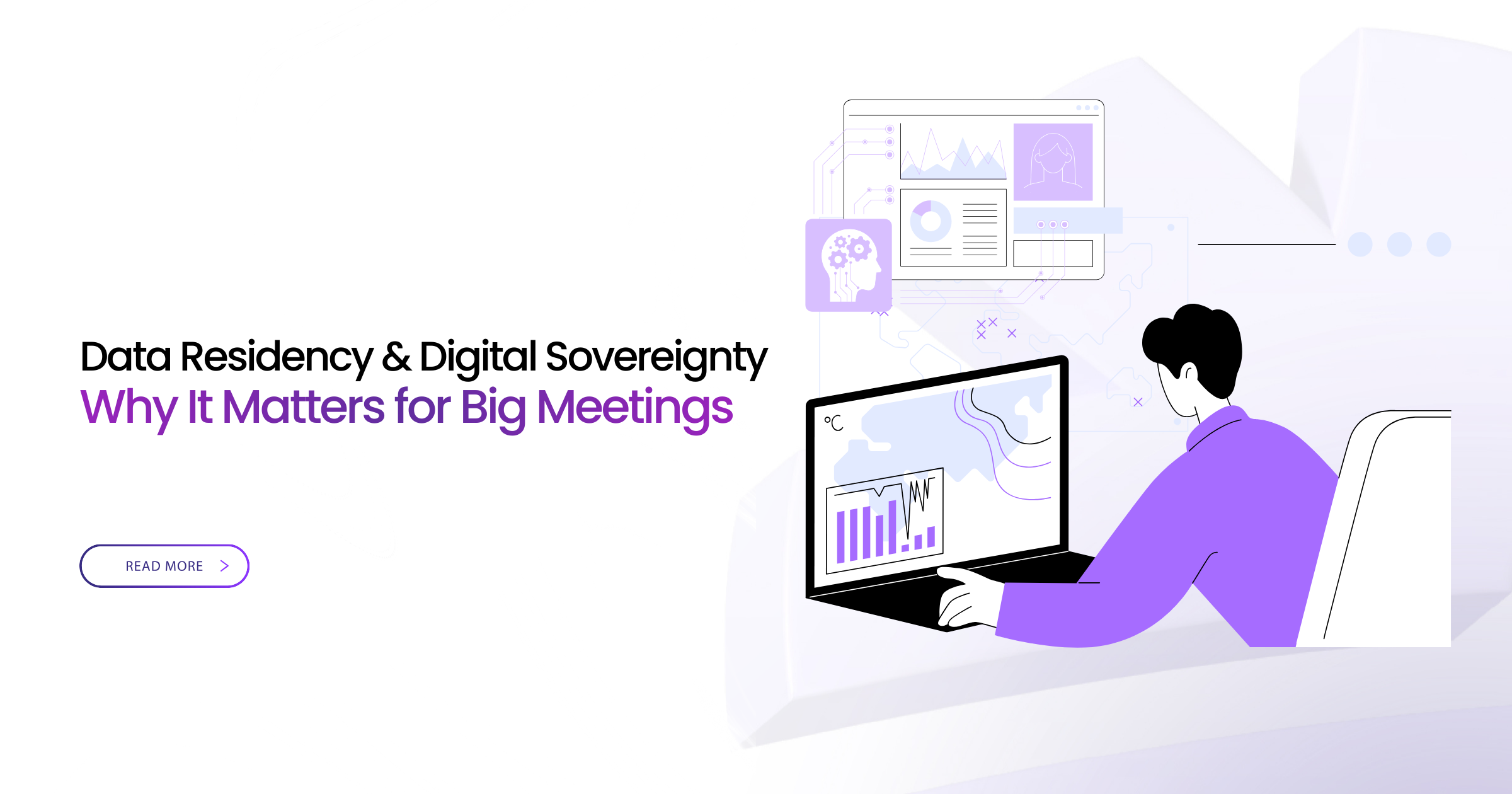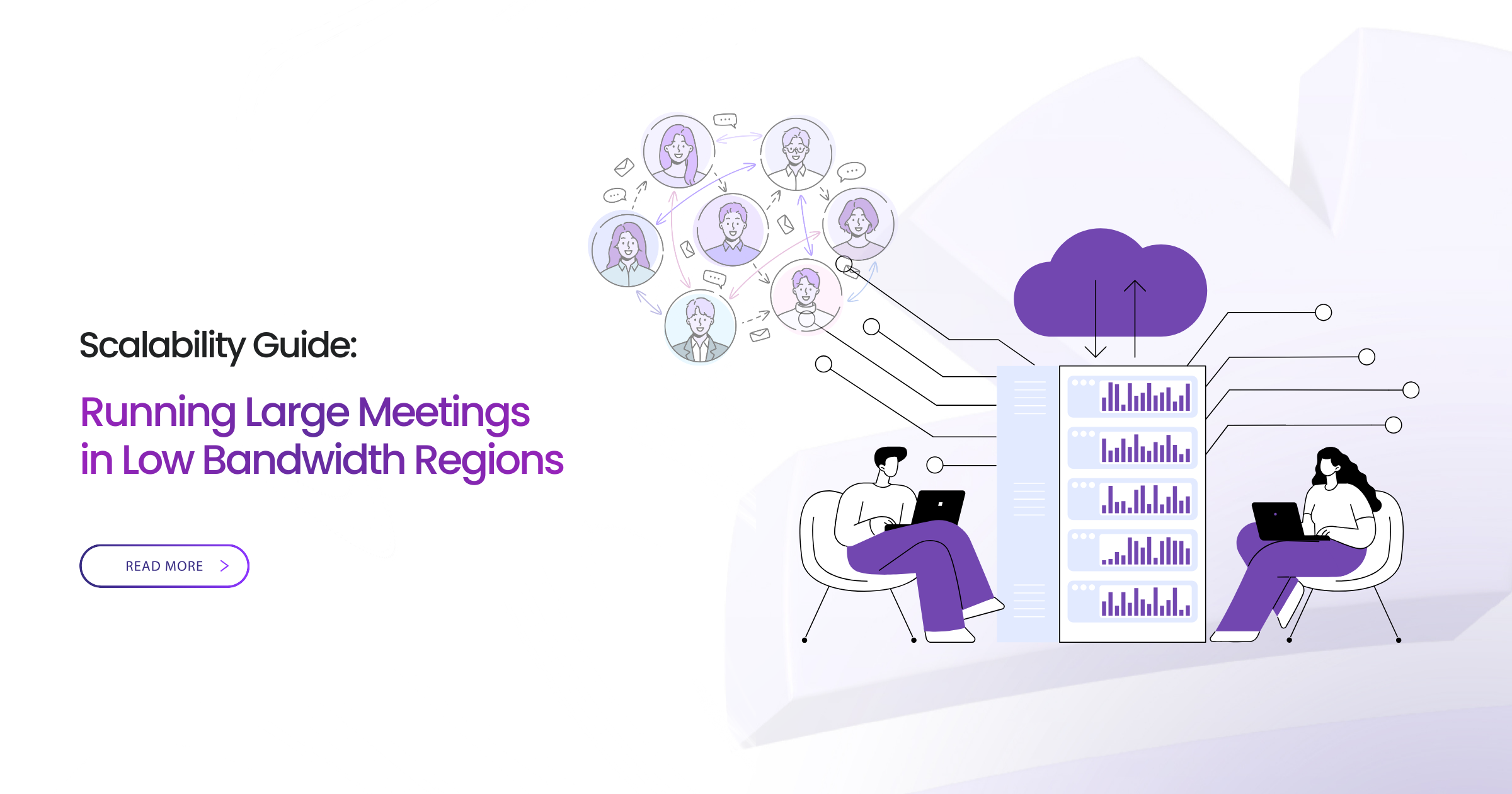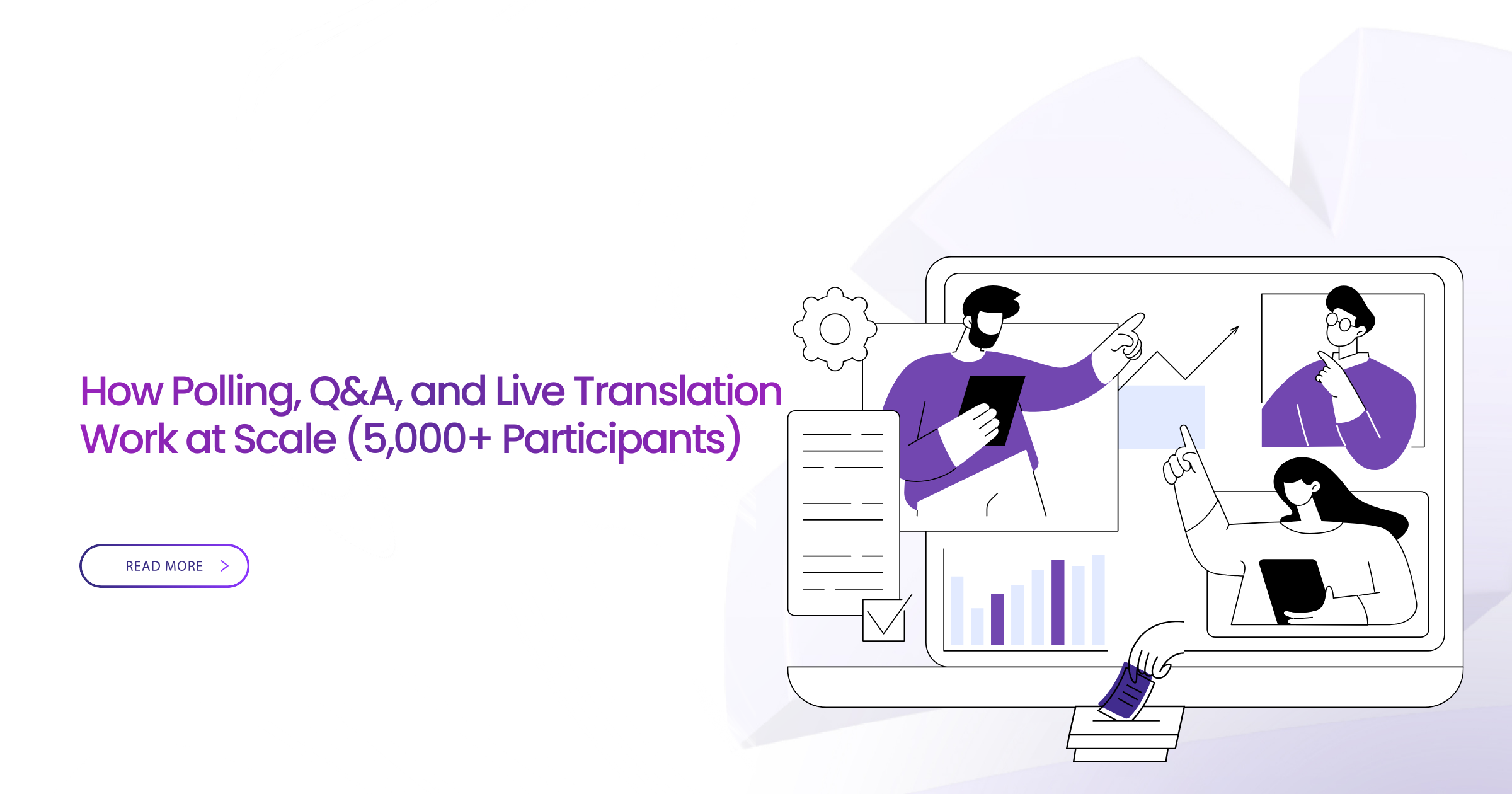Video conferencing has advanced to the point that it is necessary, allowing cost-effectiveness, scalability, and versatility to meet expanding communication needs. Organizations have switched to video conferencing for business communication to remain linked with their colleagues and clients without interruption. It allows remote workers to meet from different locations via different platforms as a substitute for face-to-face meetings. So, what roles does video conferencing play in remote working, and what benefits does it offer in business communication? This article covers it all. Let’s dive into it.
Video Conferencing in Remote Working: 6 Major Benefits
-
Enables Personal Interaction
Video conferencing is essential for remote communication. Because of the added facility to see facial expressions in the video, voice tones aren’t likely to be misinterpreted. Organizations use video conferencing platforms to create more personalized relationships with clients and coworkers. Virtual conferences enable everyone to see essential visual feedback in body language from meeting participants instead of relying on phone calls and email chains, which can distort the context or intent of messages.
-
Reduces Time and Money
Remote employees working remotely can join team meetings utilizing video conferencing platforms saving time and money spent on commutes. Attending client meetings or solving problems without leaving the office helps increase productivity.
There is no doubt that in-person meetings can help business partnerships flourish, but remote meetings are effective through the accommodation of video conferencing platforms.
-
Makes Collaboration Effective
Collaboration among teammates is important for every organization, but it’s challenging when employees work remotely from different locations. It’s often difficult to discuss project details through phone calls and emails, particularly if it’s associated with visualizations of data, PowerPoint presentations, graphic designs, and so on.
However, participants can share their screens on video conferencing platforms, allowing all teammates to see the materials being discussed and participate in the conversation, speeding up decision-making and improving the ability to collaborate remotely and get the best out of them.
-
Offers Accessibility
One of the distinguished advantages of video conferencing is it enables everyone to interact and engage. Some video conferencing platforms provide integration tools for businesses to take advantage of live annotations and transcription features. These tools ensure that anyone joining the meeting from afar, participating without sound, or someone with hearing impairments can actively engage and interact with others.
-
Connects Everyone
While many employees who work remotely may enjoy it because of the comfortable environment at home, one of the disadvantages is that they may feel alone or detached from their teammates. Using a video conferencing platform will make remote employees feel more connected by allowing them to see and interact with their teammates. They can also share work progress or seek input and guidance from their coworkers.
-
Provides Convenience
When time is of the essence, or a critical situation arises, remote employees can use video conferencing to communicate easily with teammates and stakeholders. Anyone can use the opportunity to communicate with people in various time zones outside of normal business hours, even in the comfort of their homes.
Undoubtedly, the role of video conferencing in remote working is incomprehensible. It is fair to say that the right video conferencing platform is essential to normalize remote working mechanisms in today’s world.



